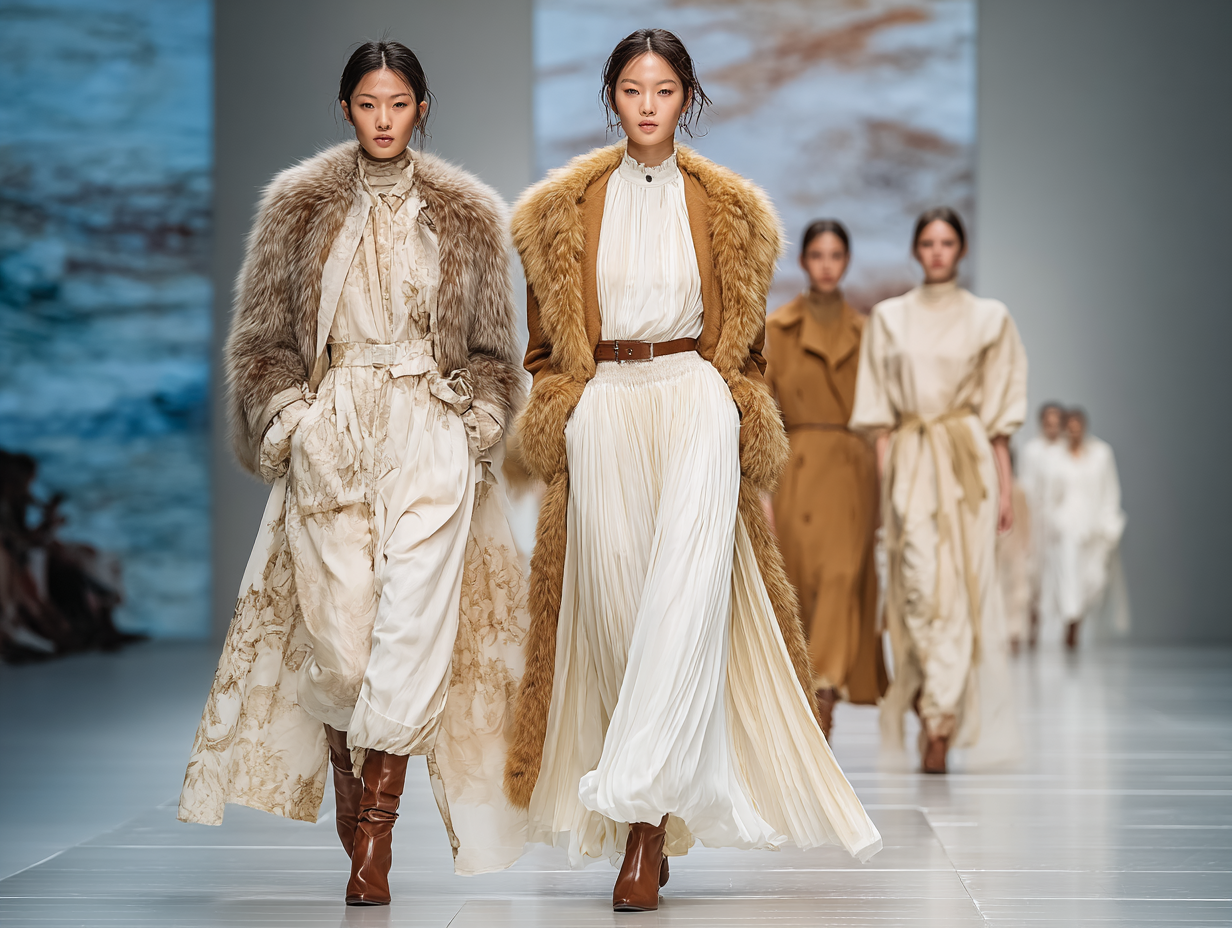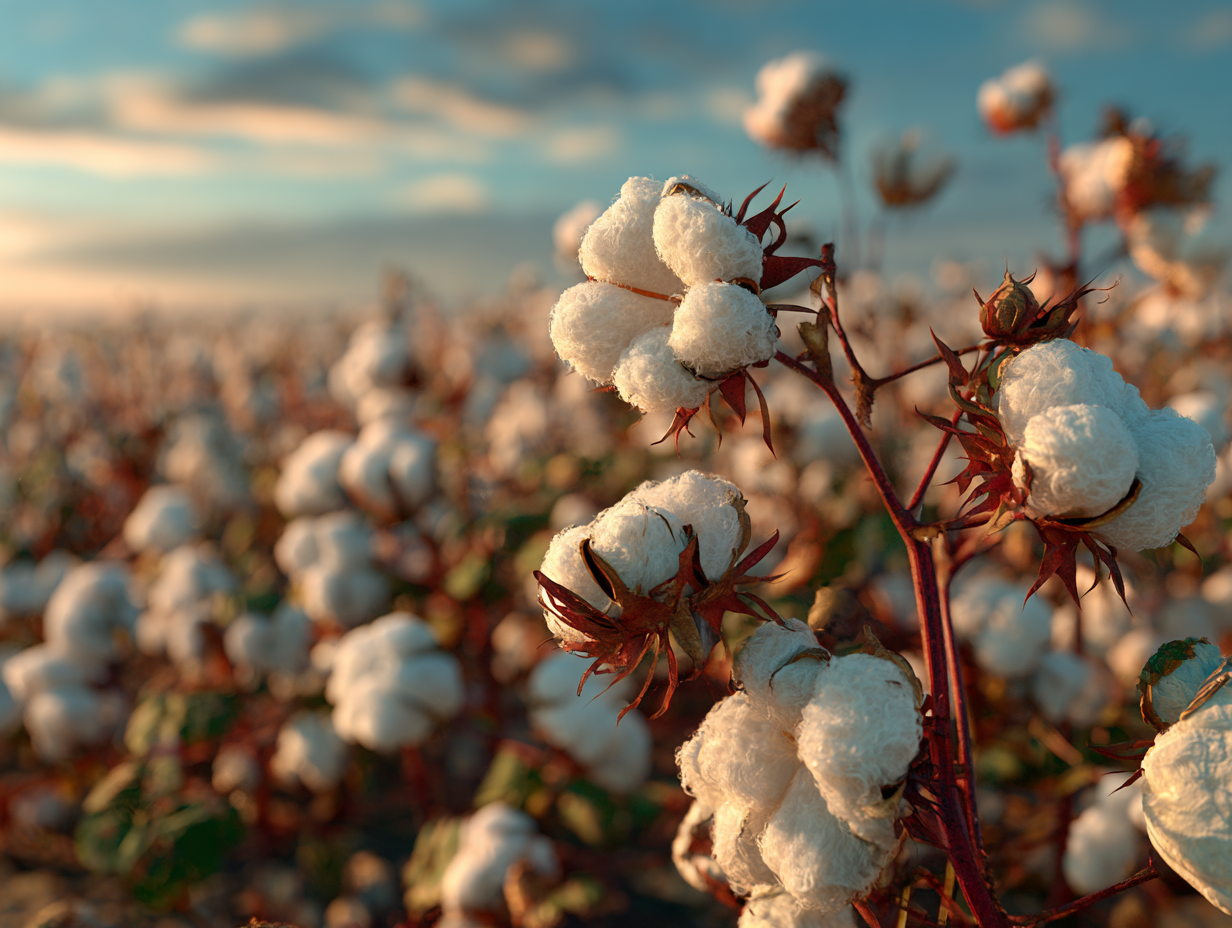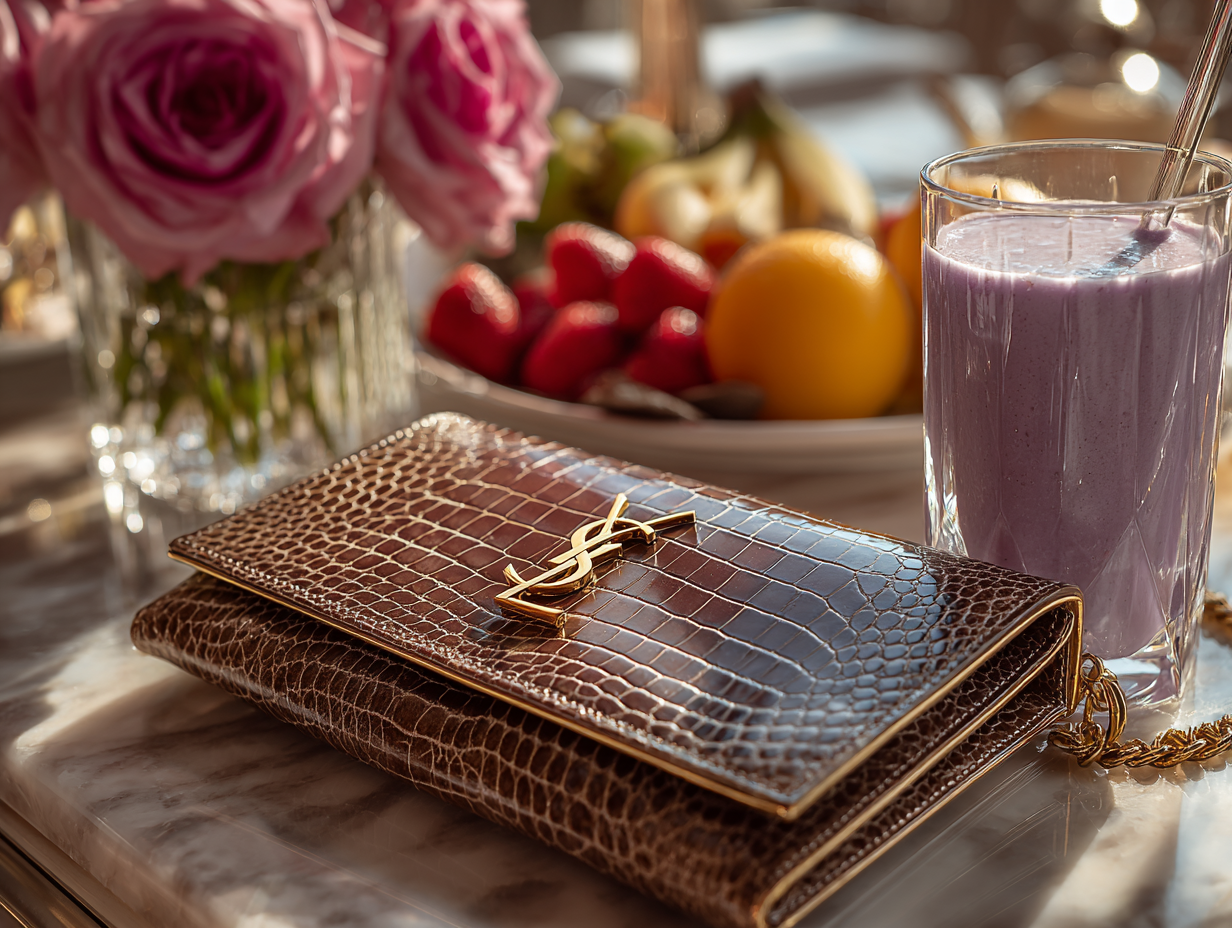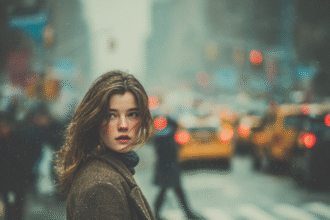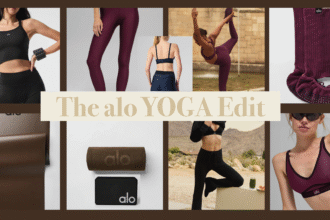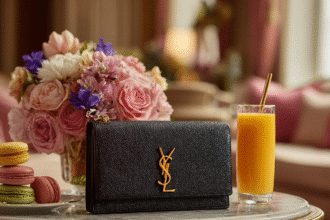Why Luxury Fashion Finally Changed Its Mind
The Rise of Vegan Fashion and the Fall of Traditional Animal Materials
For much of fashion history, real fur was the pinnacle of luxury. It signaled wealth, exclusivity, and sophistication — a material reserved for couture runways, aristocratic wardrobes, and glamorous winter campaigns. To own a mink coat or a fox-trimmed jacket was to possess not just style, but status.
But in recent decades, that narrative has shifted — not softly, but dramatically. The rise of the cruelty-free movement collided with growing consumer awareness, and the result was a reckoning even for fashion’s most prestigious houses.
Fur, once untouchable, became ethically indefensible in the eyes of many. And one by one, luxury brands that had built their image on opulence and heritage began to renounce real fur — not because it lost its beauty, but because it lost its moral ground.
This is the story of how a centuries-old fashion symbol fell — and how innovation, values, and consumer voice gave rise to a new kind of luxury.
A Shift in Consciousness: When Vegan Fashion Began
The roots of vegan fashion trace back to the broader vegan lifestyle movement of the 1960s and 70s, growing out of animal rights activism. But it wasn’t until the late 1990s and early 2000s that designers and consumers began asking more profound questions about where their clothes came from.
The Fall of Fur: A Turning Point in Luxury
Few materials are as symbolic of high fashion’s past as fur.
For decades, a fur coat was the ultimate status symbol — a sign of wealth, glamour, and exclusivity. But as documentaries, activism, and awareness campaigns exposed the brutality behind fur farms, consumer sentiment shifted. Slowly but surely, fur became less desirable and more controversial.
Luxury brands began to listen. One by one, fashion houses like Gucci, Prada, Versace, Burberry, and Chanel announced their decision to go fur-free — a stunning reversal from the days when fur ruled the runway.
In its place, a new wave of faux fur entered the scene. But this wasn’t the plasticky, stiff imitation from years past. Today’s faux fur is crafted with high-end technology — often made from recycled synthetics or bio-based materials — offering the same softness, volume, and warmth without the ethical weight.
Leather: The Industry’s Ongoing Dilemma
While fur has faded mainly from mainstream luxury, leather remains deeply entrenched in fashion — from handbags and belts to boots and jackets. For many designers and consumers, leather still symbolizes durability, craftsmanship, and timelessness.
But the conversation has evolved. Instead of eliminating leather entirely, many brands are seeking ethical and traceable alternatives.
Here’s how:
- Ethical leather today is often a byproduct of the food industry, rather than animals raised for fashion. This reduces waste and supports circular production.
- Tanning methods are also improving, with many brands shifting toward vegetable tanning instead of toxic chrome processes.
- Certifications like the Leather Working Group (LWG) help ensure that tanneries meet environmental and ethical standards.
Still, many consumers want non-animal alternatives, and that’s where the next generation of vegan leather comes in.
What Is Vegan Leather — and Is It Sustainable?
Not all vegan leather is sustainable — but the best of it is.
Earlier versions relied heavily on PVC and PU (polyurethane), which raised environmental concerns despite being animal-free. Fortunately, we now have access to bio-based vegan leathers that are pushing the boundaries of both ethics and sustainability.
Some standout materials include:
- Piñatex – made from pineapple leaf fibers
- Apple leather – derived from apple industry waste
- Mushroom leather (Mylo) – grown from mycelium, the root structure of fungi
- Cactus leather (Desserto) – made from the nopal cactus, with minimal water use
These innovations allow fashion brands to create beautiful, durable pieces that carry less environmental impact and no animal harm.
Luxury labels like Stella McCartney — a pioneer in vegan fashion — have embraced these technologies with open arms, proving that high design doesn’t need to come at a high cost to animals or the planet.
How the Industry Has Implemented Vegan Fashion
Over the past two decades, vegan fashion has moved from niche activism to center stage — with real impact across all levels of the fashion world:
1. Luxury Fashion
- Stella McCartney remains the gold standard in high-end vegan fashion.
- Labels like Nanushka, GANNI, and Maison Atia are creating beautiful collections using faux fur and plant-based leathers.
2. High-Street Retail
- H&M, Zara, and Mango have released vegan capsule collections, sometimes accompanied by PETA-approved vegan labels or similar certifications.
- Faux leather trousers, synthetic puffers, and vegan boots are now fashion-forward and accessible.
3. Small Sustainable Brands
- Many indie designers launch with a 100% vegan ethos, blending it with other sustainable values like low-waste design or organic dyes.
4. Footwear
- Brands like Matt & Nat, Will’s Vegan Store, and Bhava are leading the charge with animal-free boots, sneakers, and heels — many made with recycled or bio-based leathers.
Where Vegan Fashion Meets Sustainable Fashion
It’s important to note: Not all vegan fashion is sustainable, and not all sustainable fashion is vegan.
Some brands use ethically sourced wool or leather as part of a slow fashion model, arguing that natural, biodegradable fibers have a lighter environmental footprint than synthetic alternatives. Others choose plant-based synthetics to avoid animal harm altogether.
There’s nuance here — and the answer isn’t always obvious. But what’s clear is this:
The fashion industry is being called to rethink its materials, its values, and its future.
New Era: A New Kind of Luxury
Vegan fashion is about more than just animal-free clothing. It’s about conscious creation. It asks us to align our values with our purchases, to celebrate beauty without cruelty, and to move toward a wardrobe that respects all forms of life.
And that’s what makes this shift so powerful.
When luxury fashion finally changed its mind, it signaled something more than a style trend.
It signaled a return to values — elegance without exploitation. Innovation without harm. Style without sacrifice.
And that’s a future worth dressing for.

